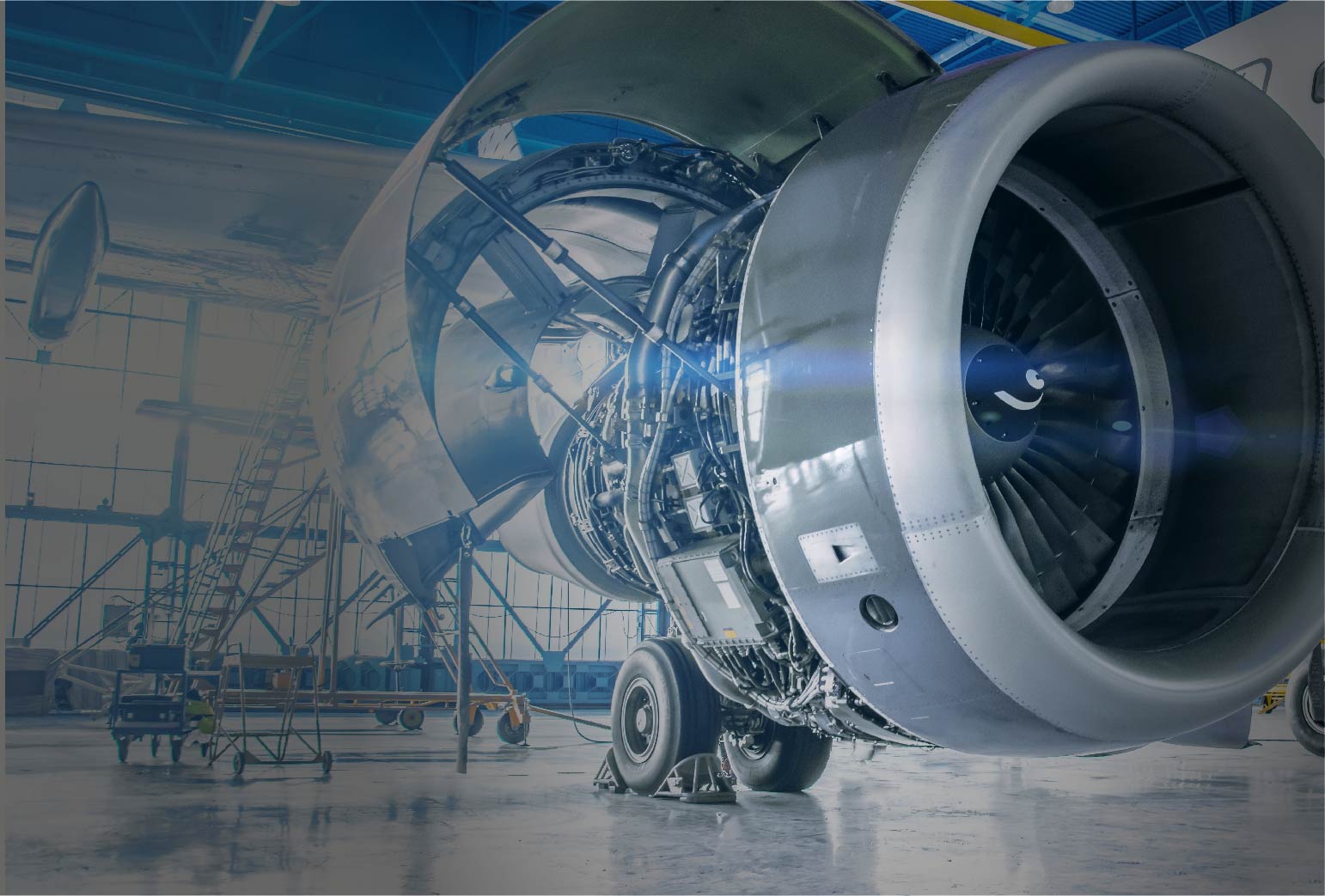According to data provided by the Mexican Federation of the Aerospace Industry (FEMIA), the country is home to 386 companies dedicated to aerospace manufacturing, distributed in 19 states; Baja California, Nuevo León, Sonora, Querétaro and Chihuahua are the main production centers with up to 90% of the industrial activity in this field.
However, the industry's presence also extends to other states such as Coahuila, San Luis Potosí, Hidalgo, Yucatán, Durango, Zacatecas, Mexico City, Aguascalientes, Jalisco, Guanajuato, Estado de México, Puebla and Oaxaca.
This year 2024 will be a historic year for the aerospace industry in Mexico, with exports projected at 10 billion dollars, which would represent a growth of more than 15% over last year.
Carlos Robles Álvarez, president of FEMIA, pointed out that this economic record is closely linked to the nearshoring phenomenon, which is evidenced by three growth trends within the Mexican aerospace industry: the expansion of companies already established in the country through new production lines or an increase in existing capacity, the interest of foreign investors in establishing their manufacturing operations in Mexican territory, and an increase in local supply contracts.
Robles pointed out that Mexico has significant competitive advantages, such as its strategic geographic location adjacent to the United States, the main consumer market for the aerospace industry. "Export projections for our industry are very positive, with high demand in processes, we are recovering the economic levels we had before the pandemic."
The aerospace industry generates around 53,000 direct jobs, plus three indirect jobs related to the sector for every formal worker. The president insisted that the industry is shaping up for a period of growth and opportunities, driven by factors such as nearshoring and a continued commitment to quality and innovation.


























